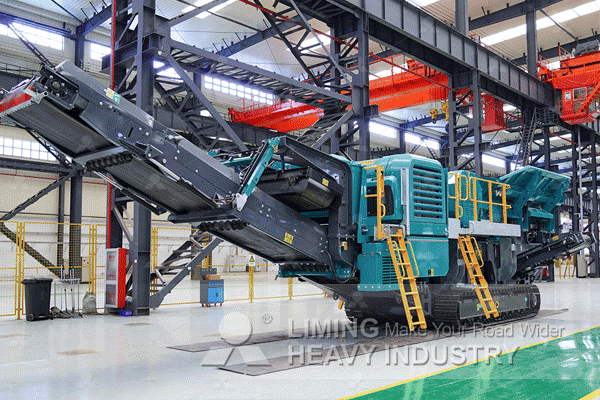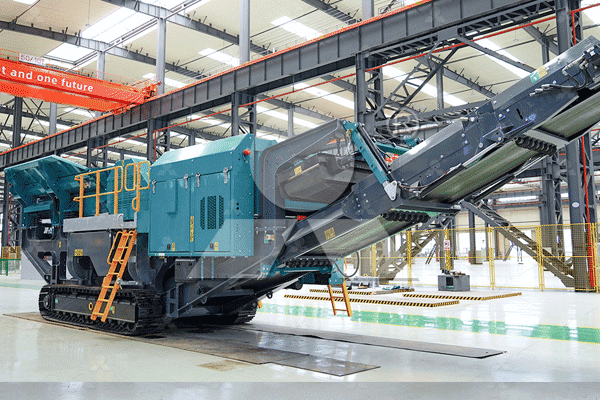Jaw Crusher Solutions for Optimal Performance
Jaw crushers are essential equipment in mining, quarrying, and recycling operations, designed to break down large rocks into smaller, manageable pieces. Over time, wear and operational challenges can affect their efficiency. This article explores practical solutions for maintaining and optimizing jaw crushers, particularly focusing on models from famous brands like Allis Chalmers, without compromising performance or longevity.
Understanding Jaw Crusher Mechanics
A jaw crusher operates by compressing material between two plates—a fixed jaw and a movable jaw. The movable jaw exerts force on the rock, breaking it into smaller fragments. Key components include:
- Toggle plates: Transmit crushing force and protect the crusher from overload.
- Cheek plates: Protect the frame from wear caused by material abrasion.
- Bearings: Support the eccentric shaft and allow smooth movement.
- Rotate or flip jaw plates periodically to distribute wear evenly.
- Use high-quality manganese steel liners for extended service life.
- Adjust the closed-side setting (CSS) to optimize particle size and reduce unnecessary strain on components.
- Ensure proper lubrication with high-temperature grease suited for heavy-duty applications.
- Monitor bearing temperatures regularly; overheating indicates misalignment or lubrication issues.
- Replace seals if contamination (dust, moisture) is detected in the lubricant.
- Use a grizzly feeder or vibrating feeder to regulate material flow before it enters the crusher chamber.
- Avoid overloading by maintaining consistent feed rates matched to crusher capacity.
- Clear blockages safely using hydraulic adjustment systems instead of manual intervention when possible.
- Inspect toggle plates regularly for cracks or deformation caused by tramp metal or uncrushable materials (e.g., steel bars). Install a tramp iron relief system if frequent uncrushable objects are present in feed material.
- Replace worn toggle plates proactively rather than waiting for failure.

Proper maintenance of these parts ensures consistent crushing efficiency and reduces downtime.
Common Challenges & Solutions
1. Excessive Wear on Jaw Plates
Worn jaw plates reduce crushing efficiency and increase energy consumption.
Solution:
2. Premature Bearing Failure
Bearings endure heavy loads and vibrations, leading to premature failure if not properly maintained.
Solution:

3. Uneven Material Flow & Blockages
Irregular feed sizes or sticky materials can cause blockages, reducing throughput and increasing wear on components.
Solution:
4.Toggle Plate Breakage
A broken toggle plate halts operations abruptly and may damage other components if not addressed promptly.
Solution:
Optimizing Performance Through Adjustments
Fine-tuning operational parameters enhances productivity while minimizing wear:
1.Closed-Side Setting (CSS) Adjustment:
– Smaller CSS produces finer output but increases load stress.
– Larger CSS improves throughput but may result in coarser product size.
Balance based on application requirements.
2.Eccentric Shaft Speed Optimization
– Higher speeds increase production rates but accelerate component wear.
– Lower speeds improve particle shape while reducing power consumption.
Consult manufacturer guidelines before adjusting speed settings.
3.Proper Feed Distribution
Centered feeding prevents uneven liner wear:
– Use chutes/spreaders ensuring even distribution across chamber width.
Avoid “starvation feeding,” which causes localized abrasion damage.
Preventive Maintenance Checklist
Regular inspections prevent unexpected failures:
Daily Checks:
✔ Lubrication levels (bearings,toggle mechanism)
✔ Abnormal noises/vibrations during operation
✔ Liner condition(check tightness)
Monthly Tasks:
◆ Tighten bolts/nuts(frame,jaw mounts)
◆ Inspect drive belts/pulleys alignment
◆ Test safety devices(emergency stops)
Annual Overhauls:
◉ Replace severely worn liners/cheek plates
◉ Rebuild/replace bearings/seals as needed
◉ Verify structural integrity(frame welds)
Conclusion: Maximizing Jaw Crusher Lifespan
Proactive maintenance combined with operational best practices ensures reliable performance from older units—including those manufactured by famous brands—without costly replacements.Efficient lubrication,frequent inspections,and proper adjustments extend service intervals while maintaining productivity.Following these solutions helps operators achieve optimal output while minimizing repair expenses over time—a critical factor in today’s competitive industrial landscape where uptime directly impacts profitability
